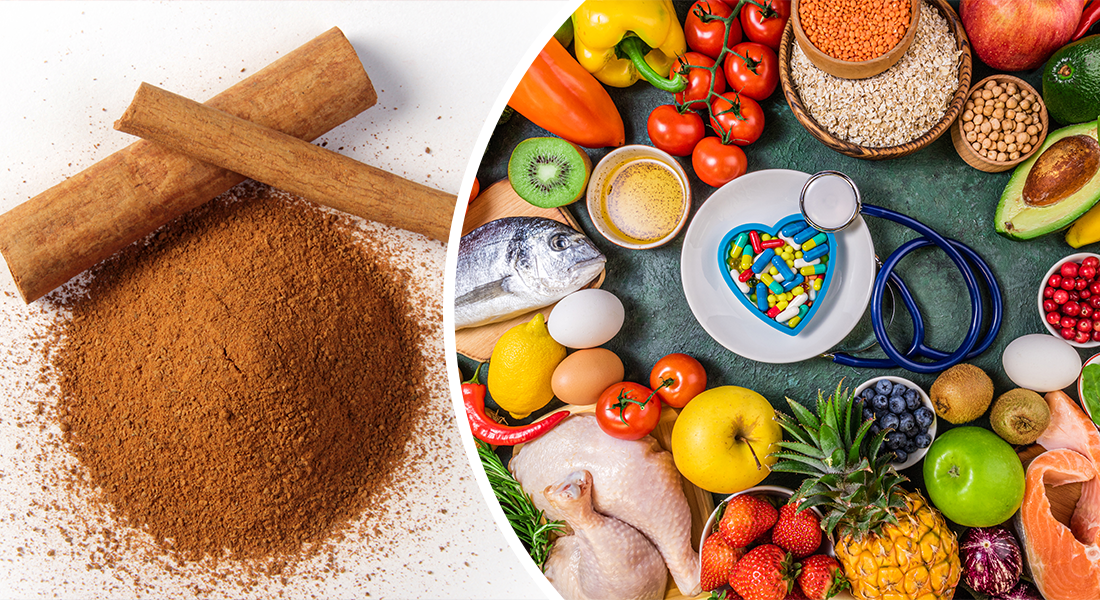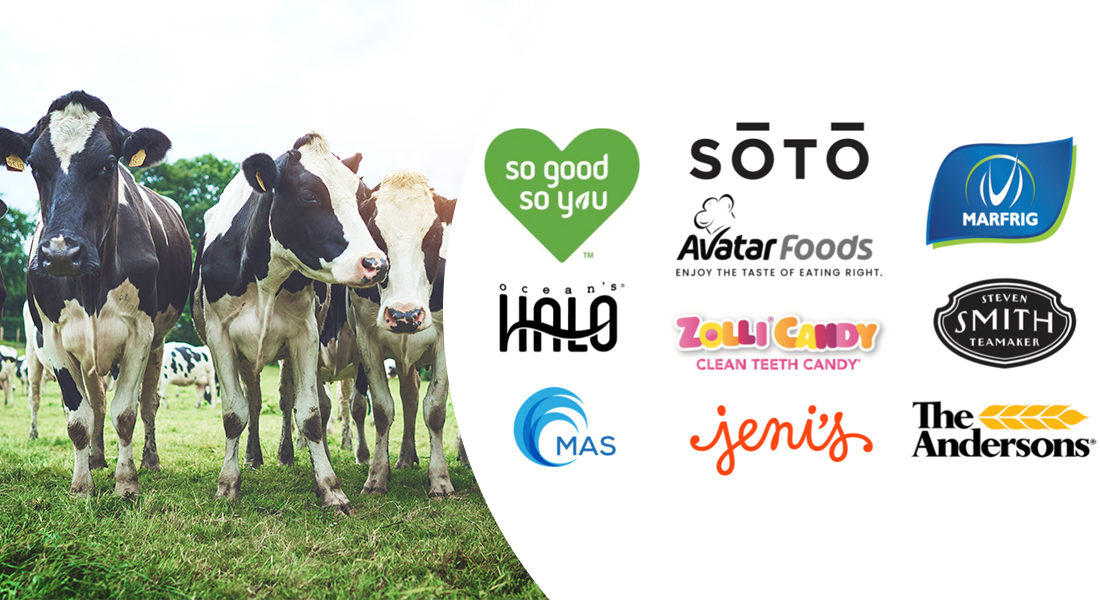More and more, we’re hearing the term “vertical farming” being used, and the idea is becoming increasingly popular. The increase in population and shift of communities moving from rural to urban areas has allowed indoor and vertical farming to take off. Additionally, advancements in lighting, such as light-emitting diode (LED) technologies, the conveniences of agriculture within the city, advanced architecture and more are making all of this possible.
What is Vertical Farming?
Vertical farming is a practice of producing food vertically in city spaces. Rather than producing food on a single level, such as in a traditional field or greenhouse, this method includes stacked layers in city structures, creating a closed circular system that uses controlled environment agriculture (CEA) technology.
In its simplest terms, vertical farms are a form of urban agriculture. Additionally, this is a way to sustainably mass-produce vegetables inside buildings or abandoned spaces, like shipping containers.
According to the Vertical Farm Institute, “Every square meter of floor space of vertical farming produces approximately the same amount of vegetable crops as 50 square meters of conventionally worked farmland.”
City buildings are a part of the urban community’s everyday life. Vertical farms are integrating into this space by sharing skyscrapers with offices, dining rooms and meeting spots. Previously unused space in these buildings becomes a place to grow food.
In fact, according to ReportLinker, the global vertical farming market was valued at $5.50 billion in 2020; it is projected to reach $19.86 billion in 2026 and have a CAGR of 24.3 percent during the forecasted period.
Related: From Insects to Vertical Farming, The Future of Food is Sustainable
Why Should Cities Have Vertical Farms?
A vertical farm uses 95 percent less water because it uses a recycling system to reuse the water.
Additionally, having a vertical farm eliminates the risk of contamination completely, according to Maarten Vandecruys, the chief executive of a vertical farming firm called Urban Crops. The company uses an old carpet factory in the outskirts of Kortrijk, Belgium to grow vegetables, like lettuce. He also says that the vertical farm yields more crops per square meter compared to a traditional farm or greenhouse.
No matter the weather, vertical farms can keep produce cultivating all year round with consistent quality.
“Basically, inside the system, every day is a summer day without a cloud in the sky,” Vandecruys told the BBC.
Another critical aspect of a vertical farm within a city is that it minimizes the transport of the produce from farm to consumer, making it better for the environment and maximizing freshness.
But the vertical farming trend isn’t limited to European countries. In British Colombia, Canada, produce distributor Oppy announced its first-ever partnership with UP Vertical Farms. This vertical farm is Canada’s first hands-free and fully automated vertical farm operation. They hope to bring 350 times the yield of conventional farming. In 2022, the company is anticipating producing 6.3 million bags of salad per year, which equates to around one million kilograms of leafy greens.
“Vertical farming is the future of agriculture, and we’re excited to take it to the next level to bring better-tasting and longer-lasting greens to consumers everywhere by next year,” Bahram Rashti, the co-founder of UP Vertical Farms told produce industry news outlet AndNowUKnow. “Our fully automated system will revolutionize the industry by allowing for much higher yields, quicker production, and better quality control to produce locally grown greens in the most sustainable way.”
Related: How the UAE is Growing Climate-Proof Food in the Desert
How Does a Vertical Farm Work?
There are various ways a vertical farm can be implemented. Eden Green uses a farming technology that cultivates crops stacked in plant cups within a tower-like structure. The towers use hydroponic systems, and the rooms are designed to provide the perfect microclimate and specialized environments that allow farmers to grow whatever crops they please, any time of year, all year round.
Additionally, the hydroponic system at Eden Green is also designed to help crops access natural sunlight, water and energy. The system allows the farmer to control all these aspects of the farm.
Many vertical farms also have solar panels, rainwater collection systems and wind turbines.
One of the most famous vertical farms is Sky Greens in Singapore; they are the world’s first commercial vertical farm.
Mirai Corp is found in Japan and it is one of the largest indoor farms, which occupies a 25,000 square foot facility.
AeroFarms, located in New Jersey, is also another one of the largest vertical farms. They have a 70,000 square foot compound that produces two million pounds of food yearly, with 250 leafy greens and herb varieties.
What Are Some of the Downfalls?
Even though there may seem like a lot of positive reasons to have vertical farms in the city, there are some disadvantages. One of the downfalls of vertical farms is their reliance on technology. If a vertical farm were to lose power for even just a day, the loss in production would be quite high.
Another disadvantage is the high upfront cost of creating the vertical farm, which, with time, will get more manageable. There are also operational costs to ensuring that all technology and operations are running smoothly. Additionally, due to the advancements in this new form of agriculture, experts are needed to set up vertical farms, and this means there will be high labor costs.
The lack of natural pollination is another challenge because there are no insects present inside a vertical farm system. A solution to this problem includes having staff to manually pollinate plants to maximize crop yield, which, again, would increase the cost of production. However, this issue can often be eliminated entirely by choosing vegetables that don’t require pollination, such as leafy greens, brassicas and root vegetables.
Vertical farms are growing in popularity, and this agriculture technology is helping the world address issues related to conventional farming, especially since the human population is growing exponentially. The farms are a sustainable way to keep up with growing consumer demands for fresh produce while also combating climate change.












Join or login to leave a comment
JOIN LOGIN